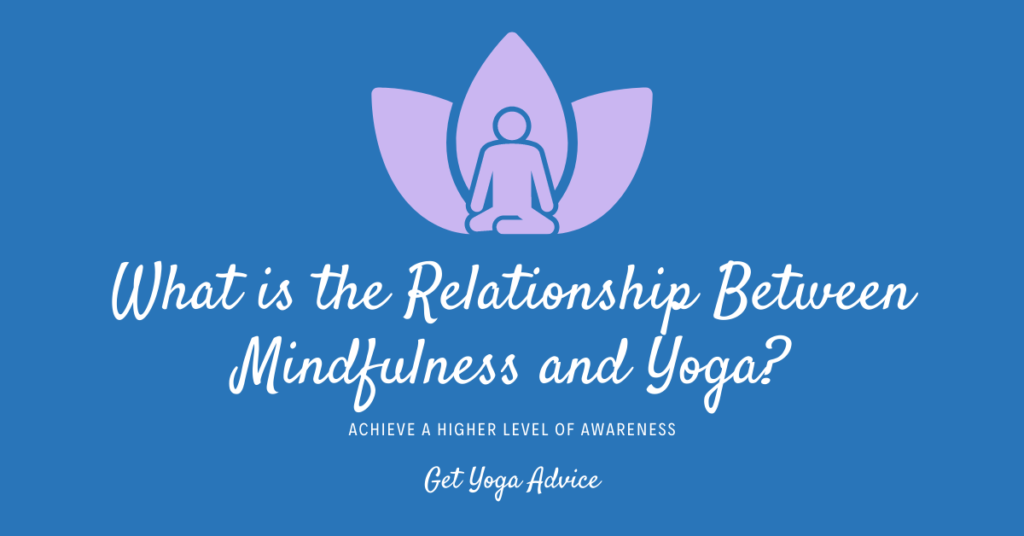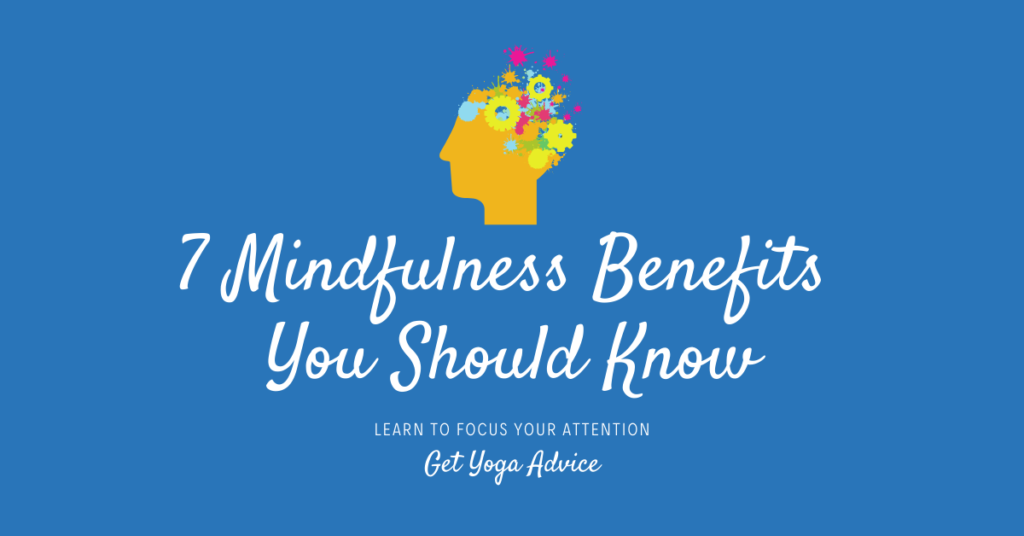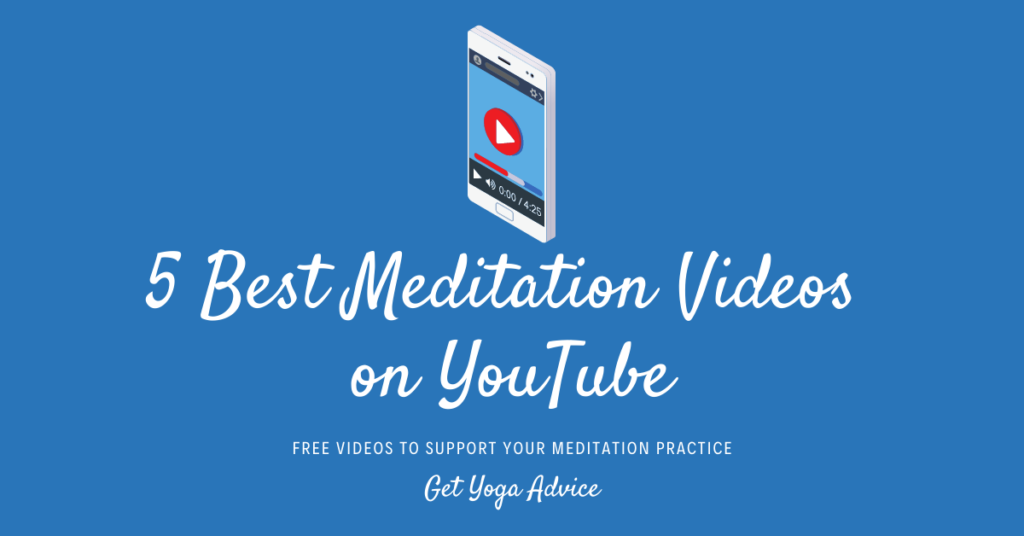Multitasking is common in the modern world. Many people have to fit in a multitude of personal and professional duties all in a single day, everyday. The mind is continually managing a task list and re-prioritising as additional challenges appear.
It is for many the norm. However, with this rush to get it all done, are you missing out on the delicate link to the present moment?
Maintaining this kind of relentless routine can lead to stress. Stress is common and for many people accepted. Nevertheless it can bring harm to your body through emotional reactivity, sleeplessness, depression, and more serious physiological conditions.
People becoming more aware of the dangers of stress has lead to an increased interest in practices such as mindfulness and yoga. Mindfulness meditation allows you to connect with the moment, identify and acknowledge stress, and deal with it accordingly.
Yoga encompasses focused breathing and as such is a form of meditation in itself, combined with considered movement and relaxation.
Implementing mindfulness meditation techniques into your yoga practice amplifies the efficacy of your efforts. It expands your viewpoint so that you can see a full picture of who you are and thus have a deeper insight.
Contents
Mindful Yoga
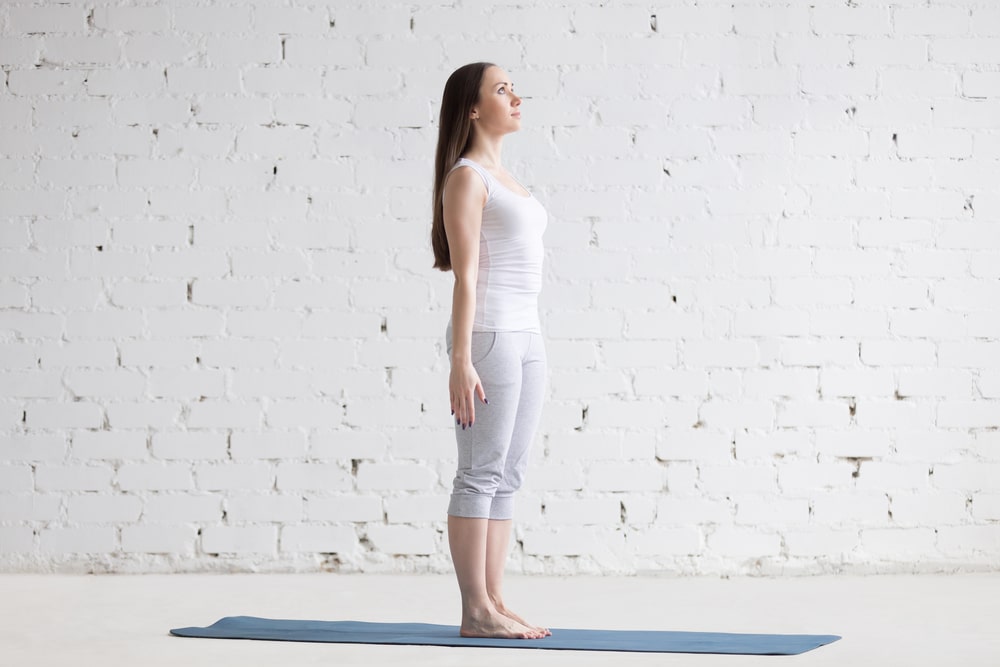
Mindfulness and yoga go hand in hand because both have the goal of achieving a higher degree of consciousness and union between the body, mind, and spirit. The practice of mindfulness and yoga attempts to calm the mind to develop a deeper connection and awareness of oneself.
Yoga practice allows the cultivation of mindfulness. As a beginner to yoga you are challenged with learning poses, positioning your body correctly, and focusing your mind while trying to breath in and out at the right time.
If you are practicing yoga in a studio setting you may also be aware of the other students, any distracting background noise and your own performance when compared to more seasoned yogis.
This in itself is multitasking to begin with, however as you become more experienced all processes will coalesce and allow you to disregard unnecessary thoughts and concerns.
Mindfulness Defined
Mindfulness is the knowledge of whatever’s happening in the present moment. It’s the awareness and acceptance of something without judgment. It categorizes experiences as good or bad or fun or painful by observing them.
The Buddha recommended taking your time to reflect and be mindful of your whole body to be more aware of its selfless and conditioned nature and start the process of letting go.
Try practicing mindfulness in basic ways. It can be practiced as you perform any task through the day whether that is household chores or taking some time to relax. For instance, being aware of the water touching your skin and the smell of the soap when you take a bath is mindfulness. It’s about acknowledging feelings and accepting them.
Mindfulness training also encourages you to disengage from the autopilot. Do a body scan when you do mindful yoga and be aware of the changes in your body and thoughts when you change postures.
Check out our guide on the best plants to grow in your yoga studio.
A Brief History of Mindfulness
The practice of mindfulness is associated with different religious and secular traditions- from Buddhism and Hinduism to non-religious meditation to yoga. People have been doing mindfulness for centuries, whether alone or as part of a broader tradition.
Religious institutions popularized mindfulness in the East, while prominent people and secular organizations brought it to the West. Having said this, modern Western mindfulness teachers and students learned about it in the Hindu and Buddhist traditions.
Mindfulness in the Modern World
World-renowned meditation teacher Jon Kabat-Zinn created an eight-week stress-reduction program in 1979, which is now known as the Mindfulness-Based Stress Reduction (MBSR). Zinn called up chronically- ill patients that were not reacting well to traditional therapies to participate in the program.
Because of Jon Kabat-Zinn’s work, significant research has shown how mindfulness-based engagements enhance mental health and physical well-being.
Mindfulness has been embraced in the western world with numerous books, apps, videos and courses being available on how to incorporate mindfulness into your life.
5 Yoga Poses for Cultivating Mindfulness
Once you start doing yoga, you’ll probably encounter the word ‘asana.’ Asana is a Sanskrit word that means ‘pose,’ or ‘posture.’ Many people think of asana as the act of performing complex poses. However, anyone can do asana practice regardless of experience.
There are many types of yoga including Vinyasa and Hatha yoga. Each type of yoga practice offers something different and it is beneficial to find out about each before choosing a practice for your personal situation and needs.
Here are 5 yoga poses you can you can use to cultivate mindfulness. It is always advisable to take guidance on how to achieve and hold a pose, whether this is in a yoga studio or via a virtual source such as YouTube videos or apps. There are modifications for most yoga poses if you have limitations or are new to yoga.
1. Mountain Pose or Tadasana
This pose seems basic because you only have to stand. However, it is deceptively simple and the foundation for all standing inversions and poses. Mountain Pose or Tadasana allows you to ground yourself and work on your torso and legs.
2. Plank Pose or Uttihita Chaturanga Dandasana
This is a very dynamic posture that works on the core muscles, and it is important that you engage your core fully to prevent injury. Plank pose is challenging and as a beginner it may be best to try a modified version to start with.
3. Child’s Pose or Balasana
This is a great pose to do if you want to rest and refresh your nervous system after a more challenging pose. It provides the body with time and space to restore itself.
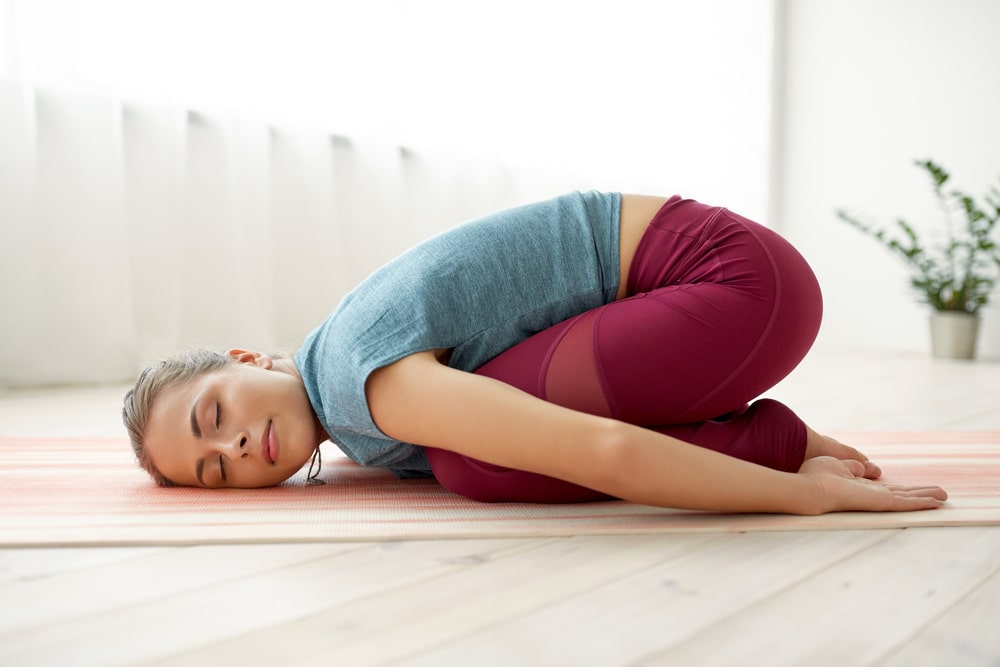
4. Downward-Facing Dog Pose or Adho Mukha Svanasana
This posture stretches the muscles in the backs of your legs, elongates your spine, and helps with digestion. It can relieve tension, help with headaches, and relax the nervous system because it’s a mild inversion.
5. Corpse Pose or Savasana
Most yoga sessions end in a corpse pose. It’s a vital adjustment between the end of your yoga practice and the rest of the day. Promoting stillness in the body challenges the mind to preserve its composure. You may find this difficult at the beginning, but it gets easier over time.
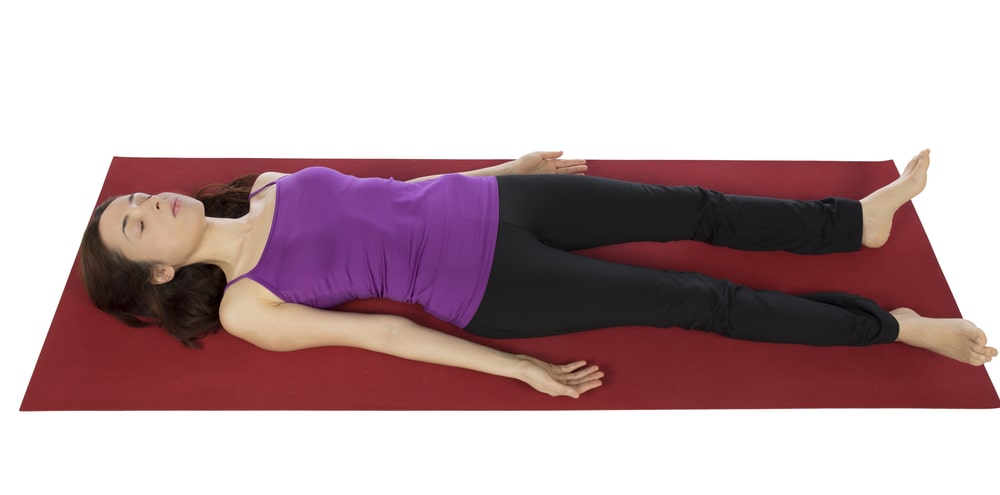
Final Word: Mindfulness and Yoga
Take note that yoga without mindfulness can’t be considered as yoga. Mindfulness and yoga have always been linked together. Both mindfulness and yoga are individual disciplines that are parts of a whole. Yoga practice results in developed mindfulness, while mindfulness meditation practice leads to stronger yoga. They’re practiced together to achieve a higher level of awareness.

